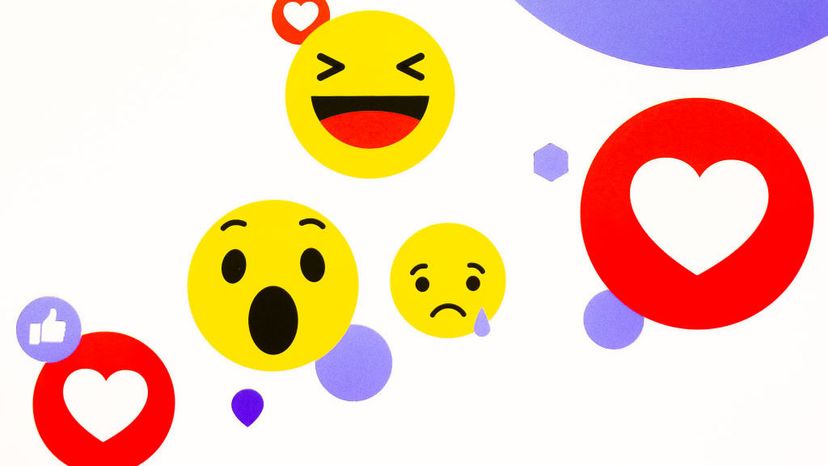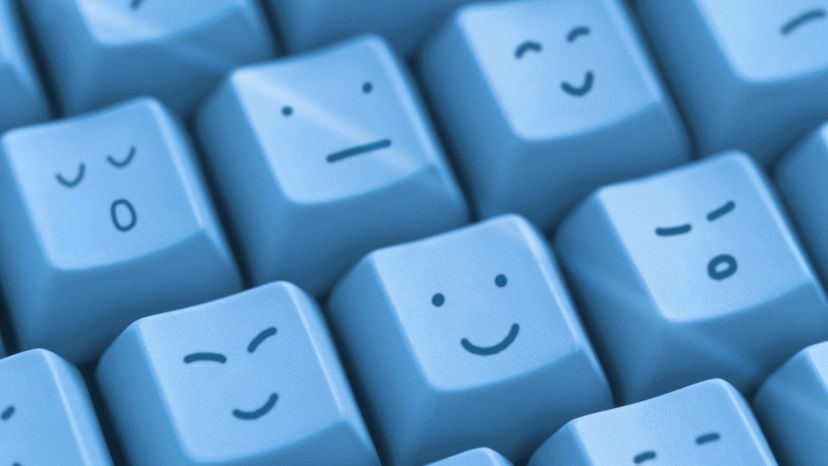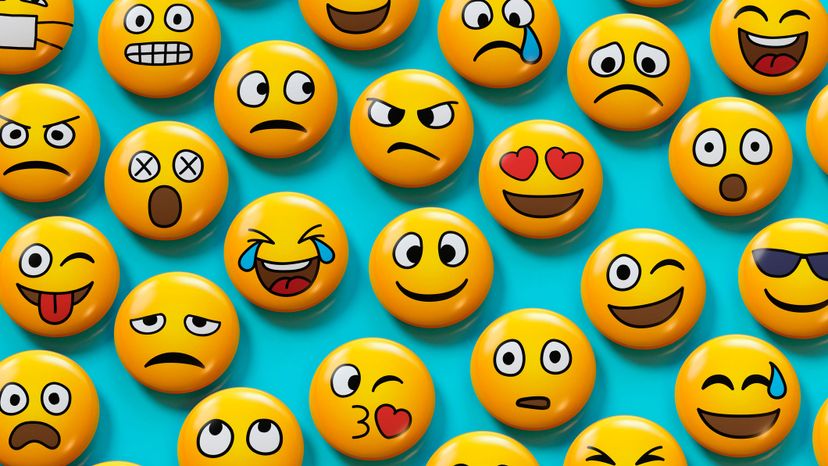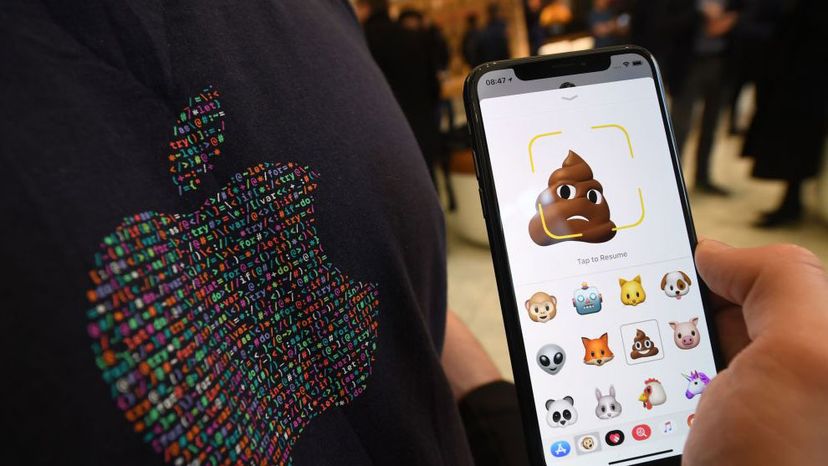
In electronic communications, particularly text-driven messages like email and SMS, sometimes words just aren't enough. What you really need is a way to express the softer side of your message, a splash of emotion or humor to convey subtle intent or allude to romantic feelings or abject disappointment. You need, perhaps, a little cartoon picture of a pile of poop. You need an emoji.
Emojis are the graphic symbols and smiley faces that grace so many of today's smartphone-driven conversations. They're used in texts, splashed on web pages and seep into the analog world all around us, too. Emojis offer a counterbalance to pure text communications, injecting personality, humor and context into messages that otherwise might be lacking in clarity or humanity.
Advertisement
We aren't talking about the little sideways smiley (or frowny) faces pieced together with a colon and parentheses. We mean the full-fledged cartoon faces that you see everywhere from Facebook to Walmart and everywhere in between, from your smartphone screen to your desktop computer to movie screens all over the world.
Emojis aren't some strange, passing fad. They've been in use since the late '90s and are still spreading like [insert wildfire emojis here]. By some estimates, about three-quarters of Americans use emojis every day. Some 6 billion emojis are used every day [sources: Lien, Emojipedia].
A trend that started as a few expressive cartoon faces is now a full-blown phenomenon in which users can choose from thousands of tiny emojis to express all sorts of complex feelings and ideas. Emojis aren't just cutesy texting for teens – they are a style of language all their own.
Advertisement



